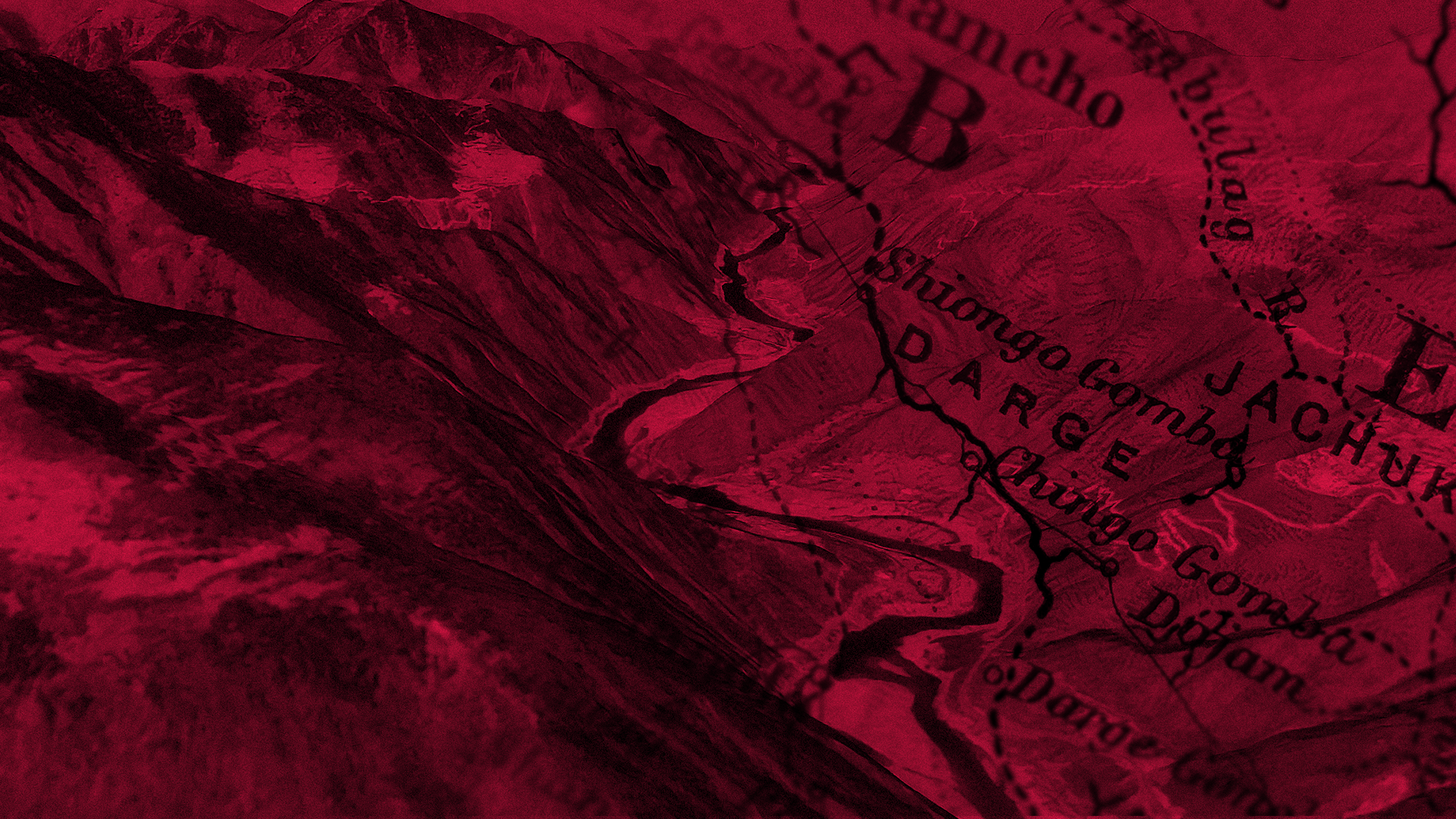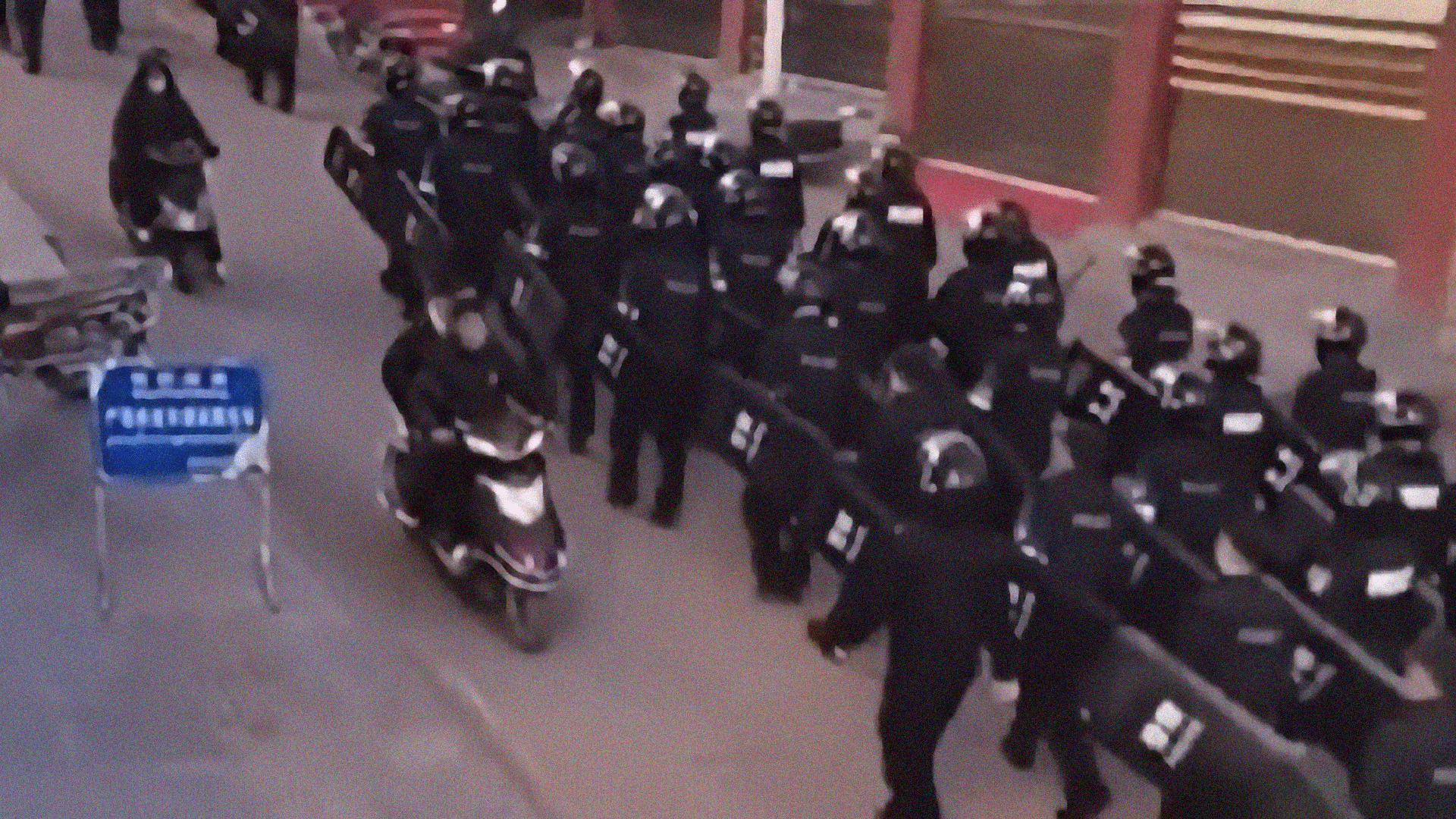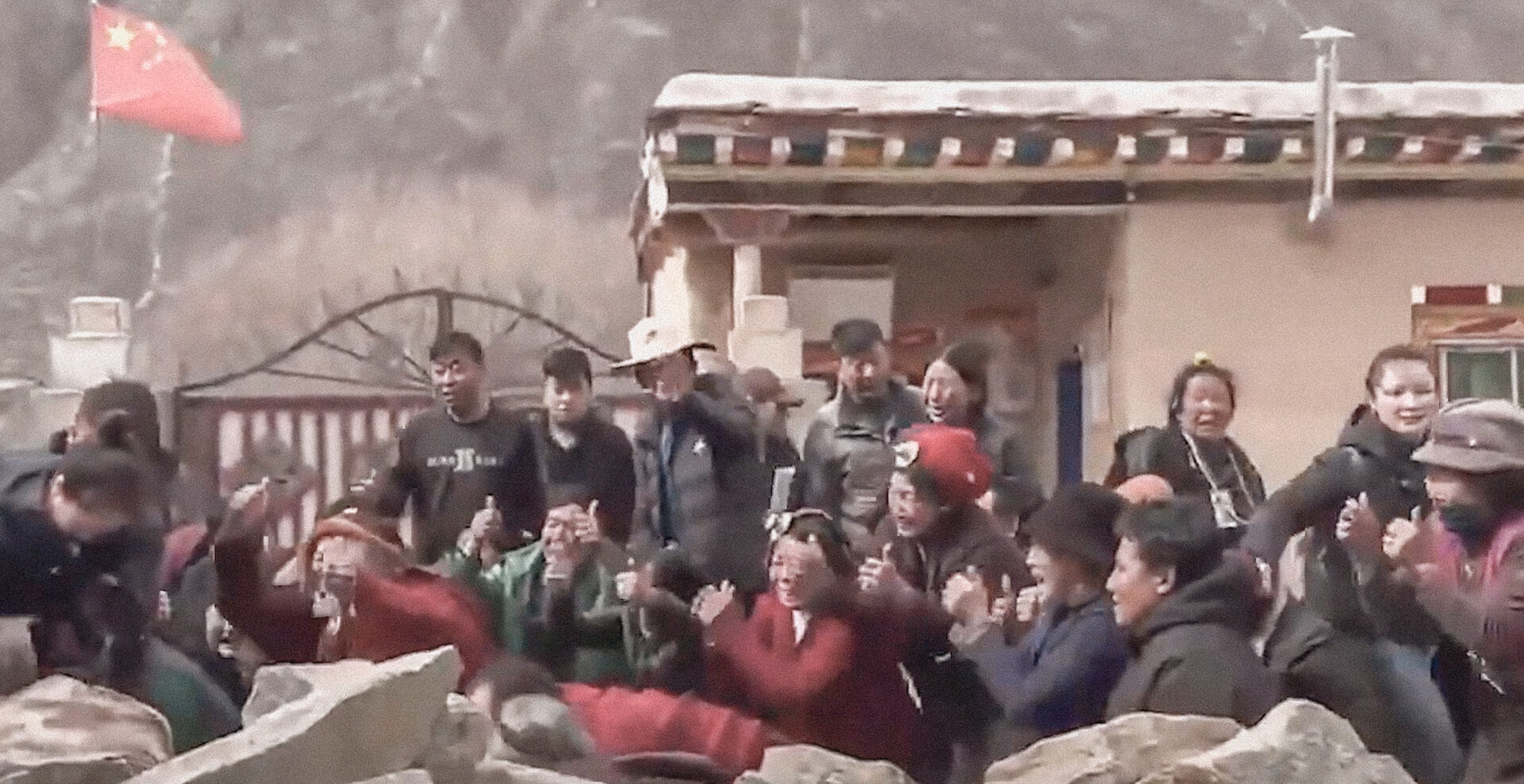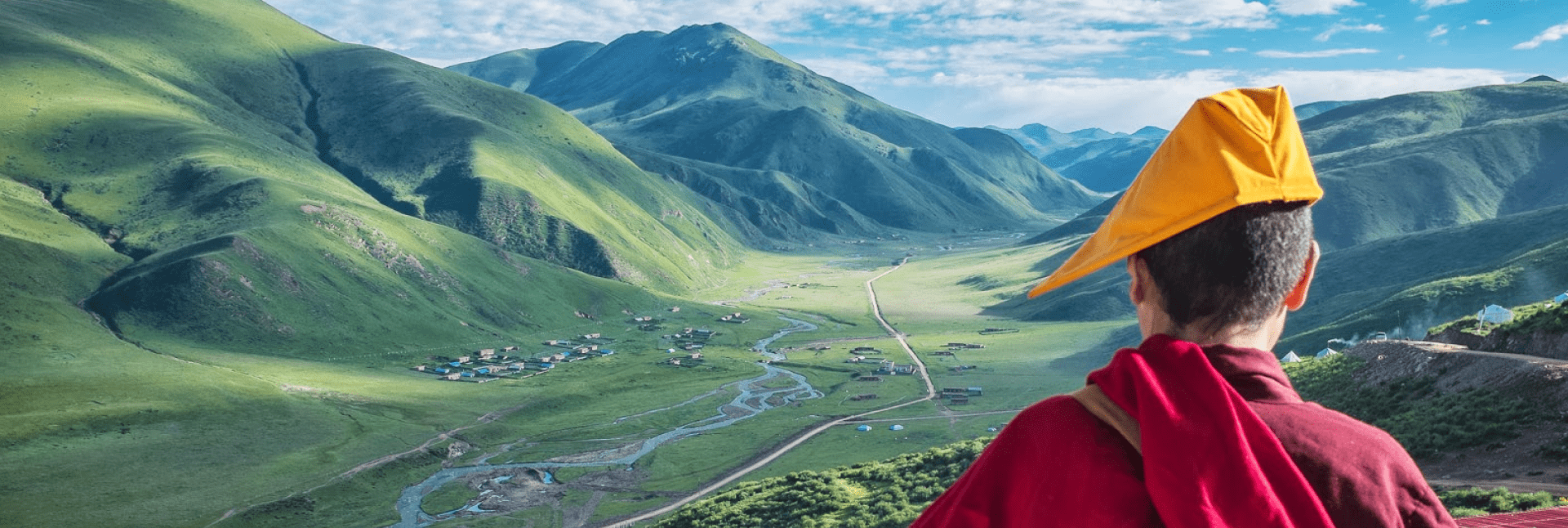The images are shocking.
Armed police march through the streets of Dege County, in a crackdown against the voices of the Tibetan people.
The final vestiges of self-determination stripped away from Tibetan communities, as peaceful protesters are beaten and detained for trying to make their voices heard and have a say in how their lands are used.
As an information blackout is put in place, the images and videos from February 2024 remain an unprecedented look into the realities of life inside Tibet.
We are left, now, with lingering questions… How did we get here?
The Kamtok Dam
Located along the Drichu (Ch: Yangtse) river in the historical Tibetan province of Kham, Dege County has become the target of Chinese government plans to construct one in a series of thirteen hydroelectric dams.
The dam in question is known as the Kamtok Dam, and is due to be situated downriver from the several villages including Randen Village and Shiba Village which, as well as housing thousands of TIbetans, are also the home to ancient Buddhist monasteries.
When the Kamtok Dam is constructed, these communities will be flooded. China will resettle the locals elsewhere, but the Tibetan locals do not consent. These people have remained on their lands for centuries, building settlements, founding monasteries, and fostering communities; they do not want to leave.





